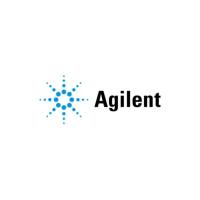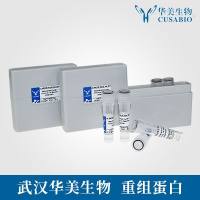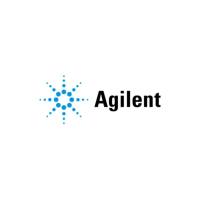This chapter describes an easy, rapid, and low-cost sample preparation approach for the determination of pesticide residues in foods using gas and/or liquid chromatographic (GC and/or LC) analytical separation and mass spectrometric (MS) detection. The approach is known as QuEChERS, which stands for “quick, easy, cheap, effective, rugged, and safe.” Originally, QuEChERS was a particular “method” for pesticide residue analysis, but it is very flexible and has evolved into an “approach,” which has been used in many methods, and not just for pesticide residues. Two of the QuEChERS versions using buffering have been validated in interlaboratory trials for dozens of pesticides in several food matrices, and both have successfully met performance criteria to achieve “official” status from international standard organizations (AOAC Official Method 2007.01 and CEN Standard Method EN 15662). The main aspects of the QuEChERS approach consists of extraction of a well-homogenized sample by shaking with solvent (typically acetonitrile) in a centrifuge tube, salt-out partitioning of water with salts including magnesium sulfate (MgSO4 ), and cleanup using “dispersive solid-phase extraction” (dSPE), in which common matrix components are retained by sorbent(s) and the analytes remain in the extract. For widest analytical scope, concurrent analysis is done for hundreds of pesticides using GC-MS(/MS) and LC-MS/MS. The aim of this chapter is to review the QuEChERS sample preparation methodology and provide a summary of up-to-date information with modification options depending on the application needs.






